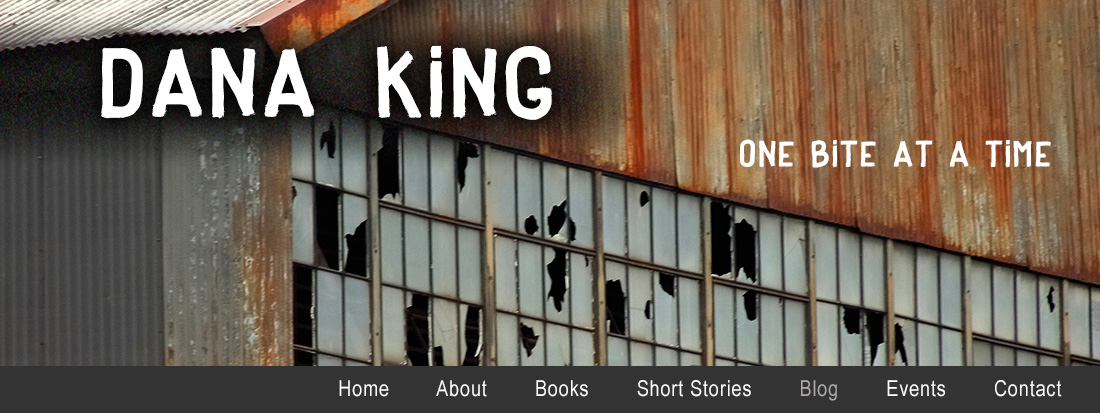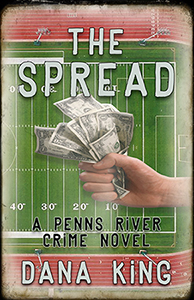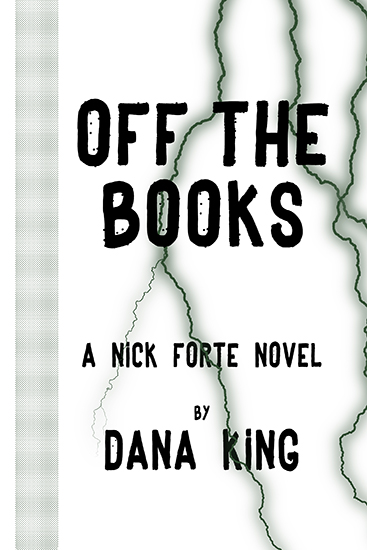Among the few regrets I have from last year’s Bouchercon is my inability to attend the New Noir panel, moderated by Reed Farrel Coleman. (Schedule conflict.) During the panel, Coleman noted a trend toward violent misogyny in crime fiction, and asked each panelist for their thoughts. Hilary Davidson turned hers into a blog essay. She covers all the key points, and well, inspiring a couple of thoughts of my own.
From a writer’s—and reader’s—perspective I dislike the exploitation of female victims because it’s lazy writing. To me, a serial killer of women is not a worthy antagonist. (There are rare exceptions.) He preys on those weaker than he. He’s a bully of exponential proportion. The motives for his crimes exist only in his head. What point can be taken from the story? These tales consist of a series of prurient titillations far worse than any non-violent pornography, each worse than the last, until the writer runs out of imagination and the killer is caught. I have no doubt children and pets would be tortured to death in their books if the authors thought the audience would stand for it. (And I have no doubt such books are written for an underground market.) They don’t interest me to read, nor to write.
(Note: many authors have used a serial killer plot, myself included. I’m talking here about those who write, or read, little else. The one-off writers are not among the most gruesome, as they have a point to make, make it, and move on. Torture porn is not their thing.)
Who reads these books? Primarily women. How do I know? I’ll admit, this is through inference, but a well-reasoned one. First, a large majority of crime fiction readers are women. For these books to remain as popular as they have, women must be reading them in substantial numbers. Second—and, admittedly, anecdotally—I attended a panel on this specific topic at the Indianapolis Bouchercon in 2009. Held in the ballroom, it drew at least five hundred people, and over 90% were women. It was the most disturbing sessions I have ever attended, and I hope never to be in another like it.
First, it was decided misogynistic torture porn was a vile and loathsome creature, much to be reviled. The fact that it existed, in no small part, because women read it and write it was not germane, and a questioner who dared raise the point (not me) took a severe verbal beating. (One panelist, a well-known writer whose work I enjoy, was so harsh I can’t read her anymore; I keep thinking of what a bitch she was to that poor guy.) It’s permissible for women to read them because…well, I never did figure out why reading them was okay. Something to do with feeling safer because the killers always get caught in the end, or some such horseshit. It didn’t make any sense to me then, and, frankly, the position’s advocates weren’t all that ardent in its defense. As for defending the writers, who are also often women? That’s where the sales (read: money) are. Sure they have to write it.
I’m the father of a daughter, and an ardent believer in equality of the sexes in all areas, with the understanding there are inherent differences that do not make either lesser or greater. (Unfortunately, in this country that pretty much makes me a feminist.) It disturbs me to hear women say the women readers are basically happy to feel a vicarious “at least they catch these guys before they kill me” thrill, and the authors are whores, willing to do whatever pays. (Harsh, but not unprovoked.)
I haven’t quoted “The Simple Art of Murder” for a while, so here goes: Chandler attributes much of Hammett’s influence to “[giving] murder back to the kind of people that commit it for reasons, not just to provide a corpse; and with the means at hand, not with hand-wrought duelling pistols, curare, and tropical fish.” Updating the means at hand to whatever our modern serial killer uses, and we see this form of writing is not an advance at all, but a step backward, a perversion of the traditional mystery. I have little time for traditional English mysteries, with the exception of an occasional Sherlock Holmes or Nero Wolfe. The cases don’t interest me much, but at least the characters are fun. I have no interest in reading their slasher counterparts, where I feel like I need a bleach shower to feel clean again.
A writer who wants to interest me needs to work for it. Give me an interesting story, not a gruesome plot. Give me characters I can empathize with at some level, good guys and bad. Enthralling dialog, and action where both parties participate more or less equally. That I’ll read.
Hilary Davidson makes one point ion her essay I’m not sure I agree with, though I may be misreading her. (Like being misunderstood by me makes her unique among women.) Late in the piece, she writes:
Crime fiction has had a fraught relationship with women in the past. The hard-boiled, hackneyed 1940s concept of a femme fatale is as old as Eve: soulless temptresses who manipulate men and precipitate their falls. These ladies are bad because women are born bad.
I’ve never felt that way about femmes fatales. To me, they have always been strong characters, the man’s equal. No more or less likely to be bad than a man, and not to be held more or less accountable for their badness, or lack thereof. People, in other words. Physique, certain bits of hard wiring, and culture make them more likely to be victims than men. It debases us all to take unfair advantage of that, in life or in fiction.




2 comments:
Yeah, I think in good fiction the 'femme fatale' was someone using whatever was available to them to survive, and maybe thrive a little or get revenge or something - they were usually motivated characters, products of their pasts and their environments, not just born bad.
But plenty of the writers working at the time didn't live up to Chandler and Hammett.
When it comes to the modern serial killer story I do think it's worth trying to figure out what nerve it hits among the readers. Because it certainly seems to be a nerve that a lot of people (mostly women) have exposed.
In addition to the catching of the bad guy there's the randomness of the victims - they may fit some specific needs of the killer, but these aren't stories about killing Aunt Emilie to get an inheritance. This could happen to anyone.
I guess the easiest nerve to hit is fear and these stories often do that. I guess because the people feeling the fear are women that makes the stories misogynist.
But to me the problem is how much fear is sold. It's become the go-to motivator in most fiction and in politics and so much else. The sci fi I read as a teenager prepared me for a lot of things but maybe not for the amount of fear that people live with today.
I guess women react to that fear by reading serial killer novels and men react to their fear by taking their guns to the movie theatre.
You're probably right about fear. What I don't get is why women would read about what scares them so badly. As I type this, it occurs to me it could be what I call Amusement Park Syndrome, where people have fun doing things that would normally scare them, but there it's fun, because they know it's safe. If so, and that's why they're reading these stories, that's kind of creepy. I mean this is way past roller coasters and bungee jumps.
Post a Comment